Wireless charging allows an electric vehicle to be charged simply by parking it over a wireless charging pad containing an electrical coil. Vehicles can even be charged dynamically while driving along roads having multiple embedded coils. This works using the same principle as wireless phone charging or a transformer – electromagnetic induction. Induction is the relationship between electrical current and magnetism, which can transfer power from one electrical circuit to another disconnected circuit.
Electromagnetic induction
Whenever an electrical current flows through a wire, a magnetic field is generated around the wire. For a constant current, the production of the magnetic field does not consume energy, although the resistance in the wire does. However, the magnetic field does store energy. Electrical current can be visualized as being like water flowing through a pipe. Using this analogy, voltage is like the pressure, and current is like the flow rate. The magnetic field acts as the mass of the water – at a constant flow rate, it has no effect, but when the flow changes, the acceleration generates a force. In electromagnetism, this inertia-like force is known as inductance. The rate of change in the current produces a corresponding change in the voltage.
The magnetic fields circling a wire can be added together by forming the wire into a coil. This is how electromagnets are made to generate strong magnetic fields, and it is also how inductors are made to store energy in an electrical circuit. In this application, they generate voltages that resist changes in current.
Using alternating current to transfer power by induction
Just as there is a two-way relationship between force and acceleration, there is a two-way relationship between storing and releasing energy in a magnetic field. A change in current causes energy to be stored in the magnetic flux, and a change in the magnetic flux can induce a current in a wire. When an alternating current flows into a coil, the continuous changes in the direction of the current pump a lot of energy into the magnetic flux. If another coil is located within the magnetic field, this will cause an alternating current to flow through that second coil, transferring power between the two electrical circuits. This is how transformers work, with different windings between the coils resulting in different voltages in the two circuits.
 Transformers usually have a core to help guide the magnetic field between the coils. However, this is not essential since a magnetic field can propagate through the air or even a vacuum. Wireless charging is essentially a transformer with each coil located on a different device. In the case of an electric vehicle, power is supplied to one coil located in a charging pad in the road, while the other coil is attached to the bottom of the vehicle.
Transformers usually have a core to help guide the magnetic field between the coils. However, this is not essential since a magnetic field can propagate through the air or even a vacuum. Wireless charging is essentially a transformer with each coil located on a different device. In the case of an electric vehicle, power is supplied to one coil located in a charging pad in the road, while the other coil is attached to the bottom of the vehicle.
Static wireless charging points can provide greater convenience for drivers, allowing them to park over the charging point without attaching charging cables. This can be especially useful for bus and taxi services, allowing rapid charging while passengers are boarding. Frequent, convenient charging allows smaller batteries, reducing vehicle cost and bottlenecks to scaling electric vehicle manufacturing. This has been used in cities such as Turin since 2013.
Dynamic charging could be even more transformative for electric vehicles. This uses large numbers of coils embedded along bus routes and public highways to charge vehicles while they drive. Such systems have operated in Korea since 2013 and are now being trialed in several other countries.

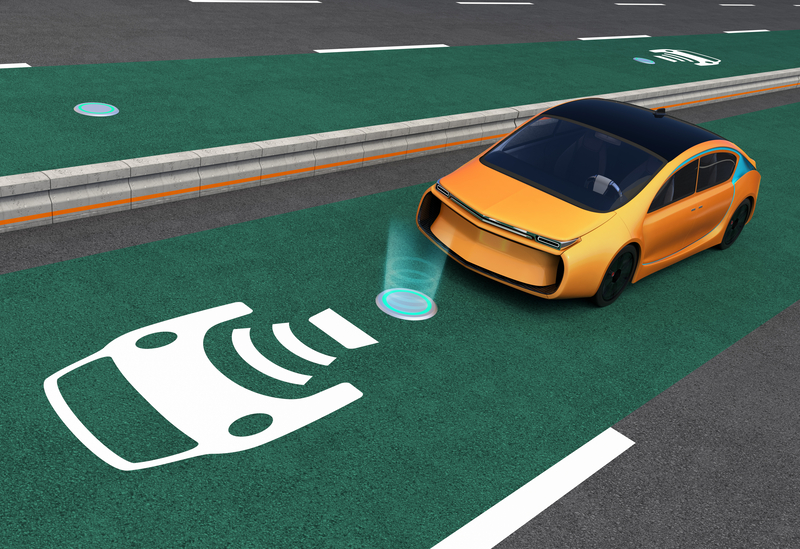
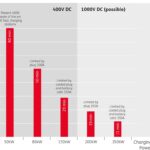
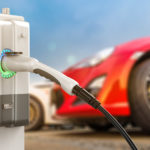
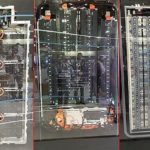
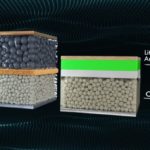
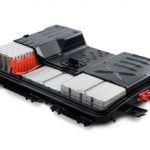
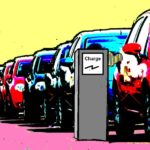
Tell Us What You Think!